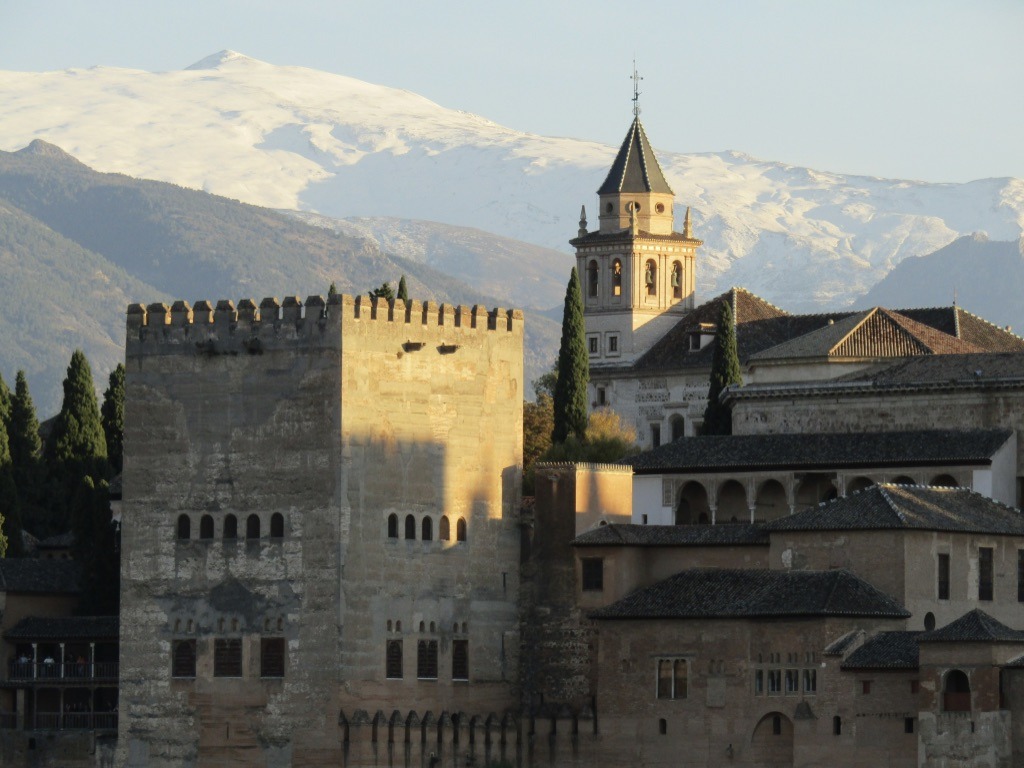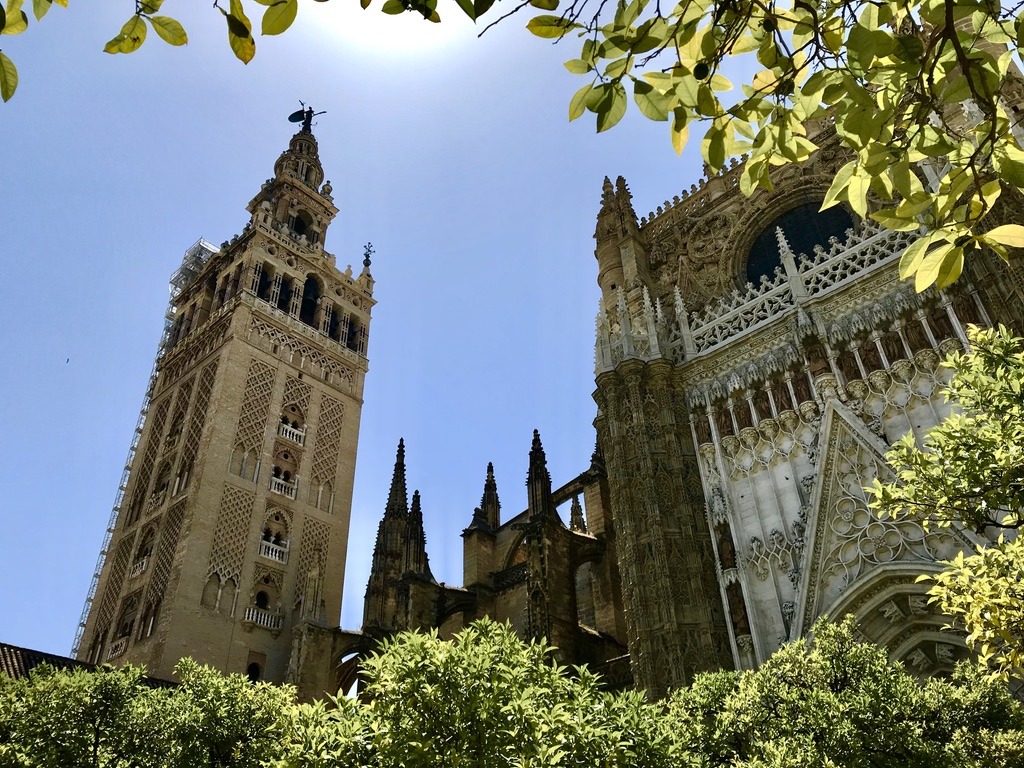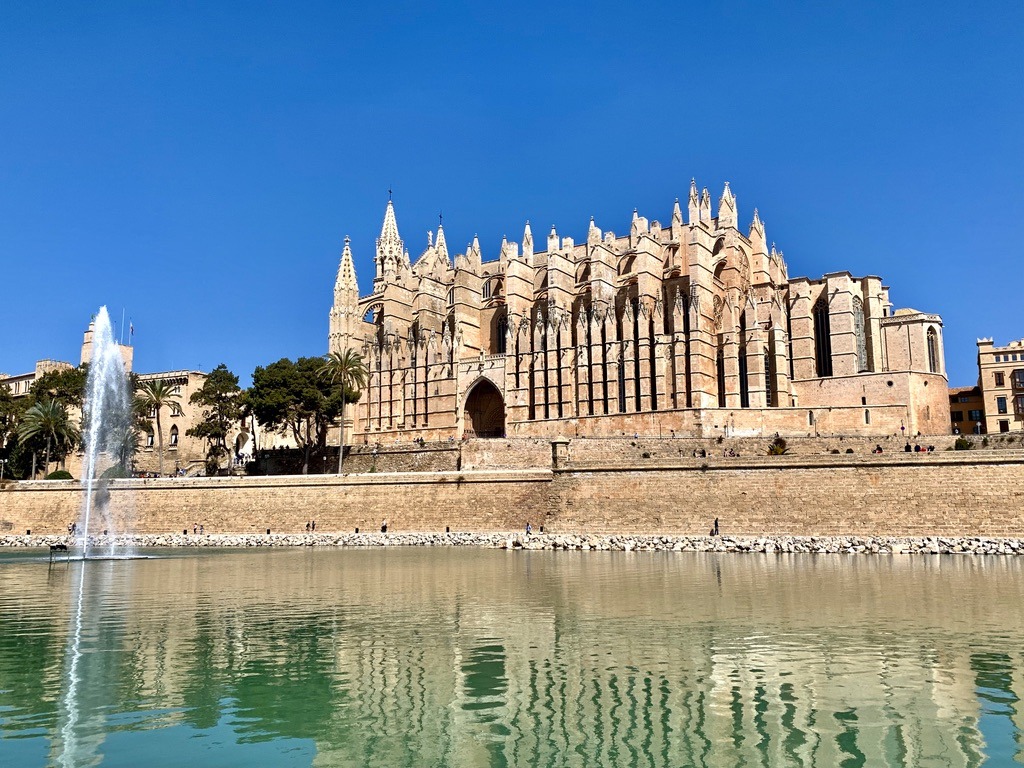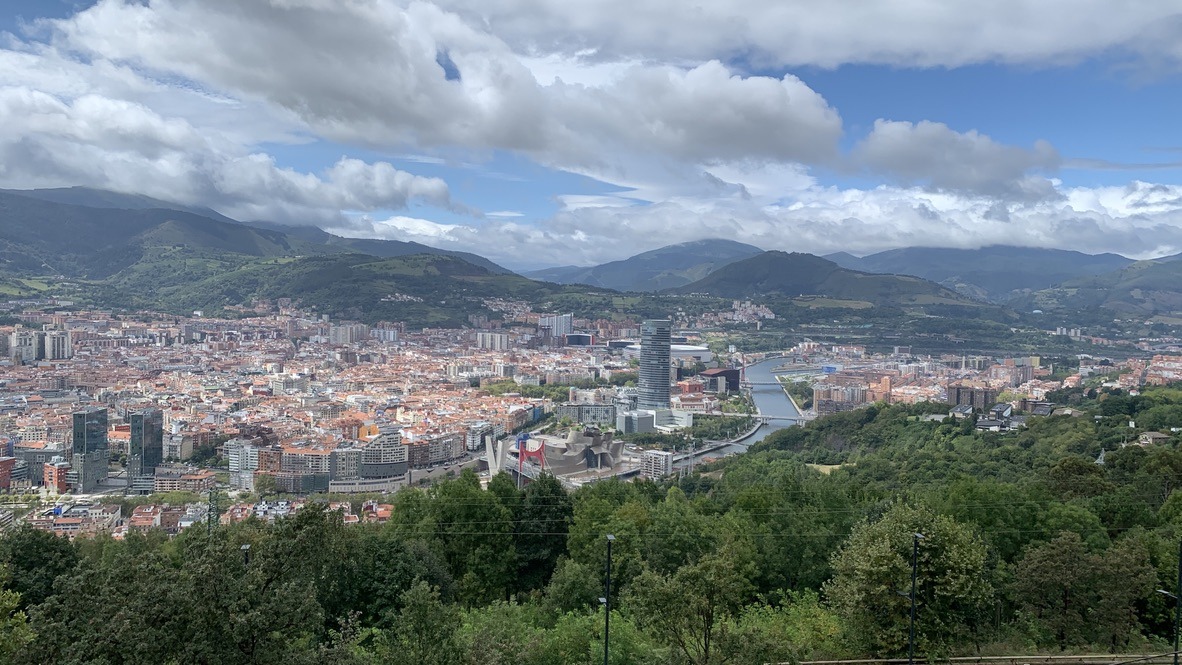Whether you’re exploring the majestic Alhambra, wandering through the narrow streets of Albayzín, or indulging in the local cuisine, Granada offers a truly memorable travel experience.
What Makes It Unique
Granada, located in the foothills of the Sierra Nevada mountains, is distinct from other Spanish cities due to its profound Moorish influence and stunning natural backdrop. The blend of Moorish and Spanish culinary influences is evident in dishes like lamb alpujarreño and piononos. The city’s most iconic landmark, the Alhambra, is a testament to its rich Islamic heritage, showcasing intricate architecture and lush gardens that attract visitors worldwide. Granada’s historic Albaicín district, with its narrow, winding streets and whitewashed houses, provides a glimpse into its medieval past. The city’s university, one of the oldest in Spain, contributes to a lively student atmosphere. Granada’s cuisine is characterized by its generous tapas culture, where free tapas are served with drinks, a tradition less common in other regions. Additionally, Granada’s proximity to both the mountains and the Mediterranean coast offers a unique combination of winter sports and beach access.
Getting There and Around
Granada, a gem in southern Spain’s Andalusia region, is accessible via Federico García Lorca Granada-Jaén Airport, located about 15 kilometers from the city center. From the airport, you can reach the city by bus, taxi, or car rental. Granada’s public transportation system includes buses and the modern light rail system, while its compact size makes walking a pleasant way to explore the city’s charming streets.
Top Attractions
The Alhambra: A stunning palace and fortress complex that exemplifies Moorish architecture. It’s one of Spain’s most visited monuments, with its beautiful palaces, gardens, and intricate designs.
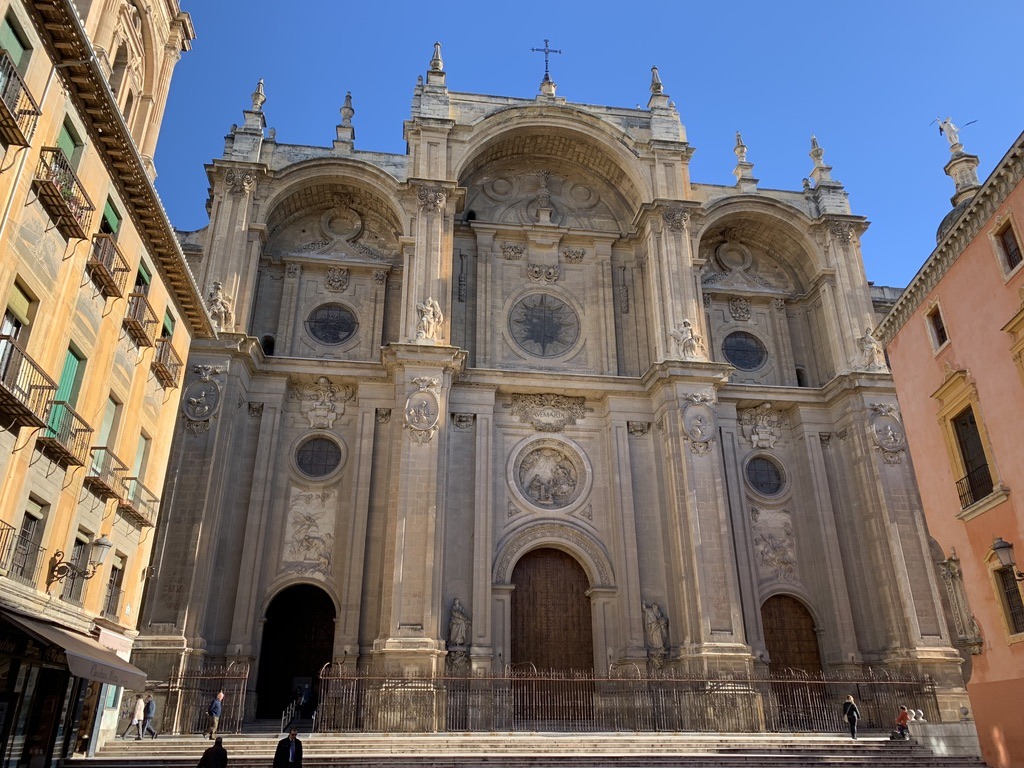
Generalife: The summer palace and gardens of the Nasrid rulers of the Emirate of Granada, located adjacent to the Alhambra. Its lush gardens and tranquil fountains offer a peaceful retreat.
Albayzín: The old Moorish quarter of Granada, known for its narrow winding streets, whitewashed houses, and spectacular views of the Alhambra from the Mirador de San Nicolás.
Cathedral and Royal Chapel: The Renaissance-style cathedral is one of the largest in Spain, and the adjacent Royal Chapel houses the tombs of Catholic Monarchs Ferdinand and Isabella.
Sacromonte: Neighborhood famous for its cave houses and vibrant flamenco shows, this district offers a glimpse into the traditional Romani culture of Granada.
Culture and Cuisine
Granada boasts a rich cultural heritage, heavily influenced by its Moorish past. Flamenco music and dance are integral to the city’s cultural scene, and attending a performance in a traditional tablao is a must.
The city is also renowned for its free tapas culture, where many bars offer complimentary tapas with a drink. Popular local dishes include Alpujarras-style ham, piononos (a local pastry), and Arab-influenced sweets. The Alcaicería, a former Moorish silk market, is a great spot to explore and sample local delicacies.
Shopping
For shopping enthusiasts, Calle Mesones and Calle Recogidas are the main commercial streets, offering a variety of shops from high-end boutiques to local stores. The Alcaicería is perfect for unique souvenirs and traditional crafts such as ceramics and textiles. The Mercado San Agustín is a bustling market ideal for tasting and purchasing local produce.
Day Trips
Granada’s location at the foothills of the Sierra Nevada mountains offers several excellent day trip options:
- Sierra Nevada: A popular destination for skiing in winter and hiking or mountain biking in summer.
- Alpujarras: A picturesque region of whitewashed villages nestled in the mountains, known for its stunning scenery and traditional way of life.
- Nerja: A coastal town with beautiful beaches and the famous Nerja Caves, which feature impressive stalactites and stalagmites.
Practical Tips
A few simple tips to make your visit to Granada easier.
- Best Time to Visit: Spring (March to May) and Fall (September to November) offer pleasant weather. Summers can be hot, while winters are mild but cooler, especially in the nearby Sierra Nevada.
- Language: Spanish is the official language. English is spoken in tourist areas, but learning a few basic Spanish phrases can enhance your experience
- Safety: Granada is generally safe, but as with any tourist destination, stay vigilant in crowded areas and keep an eye on your belongings to avoid pickpocketing.


